
Seeking to improve the nation’s health and safety, the Centers for Disease Control and Prevention (CDC) has been targeting several high-burden issues in which it could make the greatest impact, and three such issues are infectious diseases.


Seeking to improve the nation’s health and safety, the Centers for Disease Control and Prevention (CDC) has been targeting several high-burden issues in which it could make the greatest impact, and three such issues are infectious diseases.

A team from Duke University’s Developing World Healthcare Technologies Lab have discovered a way to extend the lifespan of antiretroviral drugs in order to prevent mother-to-child HIV transmission in developing countries.

An emerging pharmaceutical company has partnered up with the Bill & Melinda Gates Foundation to use its innovative technology to assist in the fight against HIV.
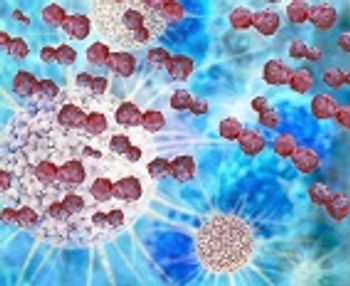
Low CD4/CDE8 ratio and a history of bacterial pneumonia heighten the risk for lung cancer in an HIV-positive population.


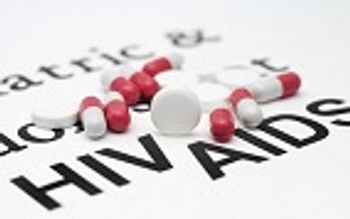
GlaxoSmithKline recently announced positive results from two recent trials of new antiretroviral drug regimens, showing HIV can be effectively treated with fewer medications.
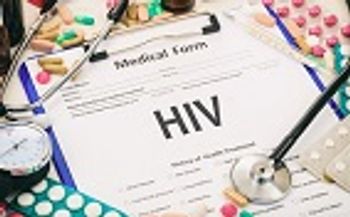
Experts suggest government efforts are sorely needed to provide education about HIV/AIDS to at-risk groups, especially among the young gay population.
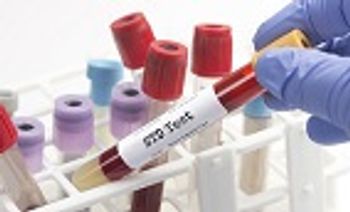
A review of the top two video interviews from 2016 is included here.

Researchers from Erasmus disease the key factors needed for successful human-to-human contact-transmission of zoonotic pathogens.

We’ve put together the top five biggest news stories on HIV Contagion covered this year. Did you read them all?
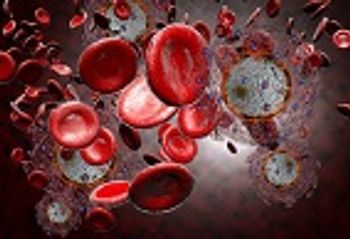
The 90-90-90 goal from the Joint UN Programme on HIV/AIDS has three prongs: By 2020, 90% of people with HIV worldwide will be aware of their status; 90% of HIV+ people will have access to treatment; and 90% of those with HIV will have a suppressed viral load. Money and training are key.

Researchers have found that current methods of predicting risk of heart attack or stroke in HIV-positive individuals are lacking.

The first large-scale clinical trial of a new HIV preventive drug, cabotegravir, has been launched and researchers are looking to see if it is just as effective as Truvada, the only licensed PrEP regimen currently available.

Researchers have found that commonly used antiretroviral drugs may be the cause of a number of cognitive problems.

Researchers from France recently found that higher base levels of vitamin D were not associated with a stronger immune response in HIV-infected patients.
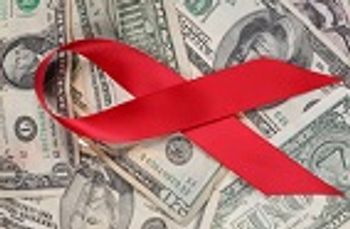
Efforts to end the HIV/AIDS epidemic by 2030 face funding challenges, although new research is showing that we now have the tools and technology to eliminate the virus as a global health threat.

Acute myocardial infarction rates are higher in HIV-positive patients; a new study out of the VA may help clinicians determine who’s most at risk.

Male circumcision has been promoted by public health officials as a way of reducing HIV-1 infection rates, and now, the first study of its kind shows that circumcision rates have also impacted the spread of HIV-2 in West Africa.

A dynamic partnership has resulted in the development of a new, minimally-invasive device that can be used to treat HIV, cancer, and a number of other disease, ensuring medicinal adherence.
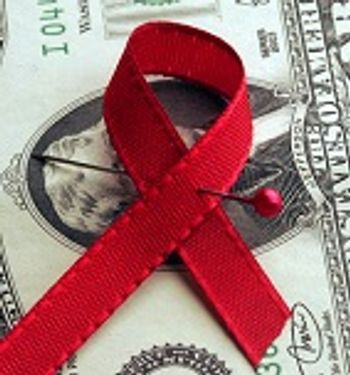
Aggressive and earlier treatments can forestall new HIV infections, but how much are we willing to spend?

A new report from the European Center for Disease Prevention and Control estimates that there are 122,000 people living with undiagnosed HIV in the region, and call for improved testing services to increase diagnosis rates.

Multidrug-resistant HIV is a growing problem that can undo two decades of progress in the fight against the HIV/AIDS epidemic, and now a new study shows that the resistance is growing.

California health officials’ “Getting to Zero” plan aims to dramatically cut the number of HIV cases in California through increased surveillance, access to care, and treatment.
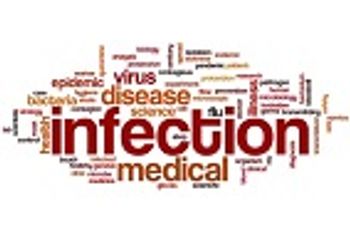
University of Arizona researchers look at important trends related to infectious disease mortality in the United States.